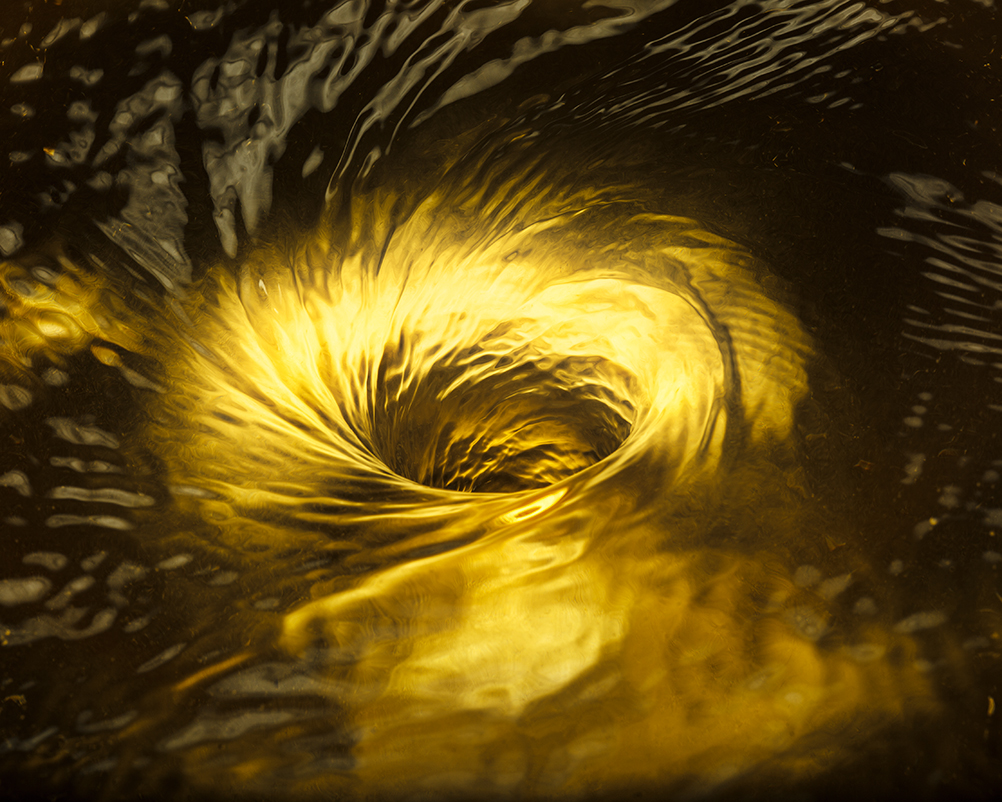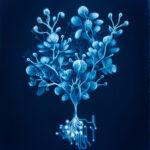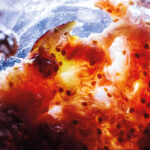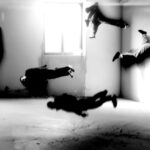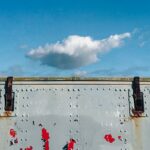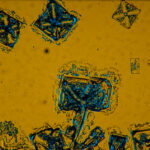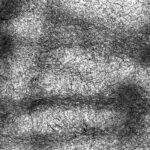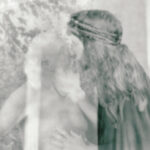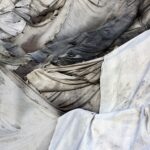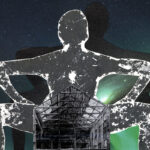Project Info
Project Description
Vortici-Whirpools-Tourbillons-Wirbeln
There are words in many European languages that gets onomatopoeic, their sounds evoking their very meaning.
Vortice is one of those words, as it is its English translation, vortex, or the French word tourbillon and the German one wirbel.
Their sound evokes in our minds precise images, anecdotes, even physics rules from our scholar years.
A word with an iconic, evocative sound, which declines itself in many fields of the human knowledge and social practices, and which has a whole array of synonyms.
Nevertheless, what we are referring to here is the real physical phenomenon we all can witness every day, when the water in the sink flows away, making circles to the left, or to the right, depending on which side of the Globe we are standing.
This extraordinary work by Fabio Zonta is, sure, born from the fascination this phenomenon generated in him but also from his deep interest in Nature itself and its manifestations.
Since 2003 Fabio have been trying to capture the very moment the vortex is born.
He did it through the realization of special pottery bowls that he made thanks to complex calculations about, for example, how wide the entering and exit hole should have been, or about the time it should take for the water to flow away, or to fill such vessel.
The vortex becomes a pretext to investigate the game of forces in the field, the dynamics of nature at work.
The same thing is true also for his previous art projects: Palingenesi, which he based on the observation of the process through which a seed develops in something new, different, or Disgregazioni, a study on the processes with which plants turn back into soil.
But there is much more in Fabio’s work on vortexes: in their “motionless movement” there is, sure, a seriality which reminds of his catalogue of peonies, cactus, chrysanthemum, vines, but the similarity regards just the methodology: in fact, vortexes create an infinite array of images in which it is easy to lose ourselves. Powerful images which remind of Vorticism, a British modernist movement in art and poetry of the early 20th century.
The name Vorticism was given to the movement by Ezra Pound in 1913 and its aim was to capture movement, and the dynamic energies connected to it, in a single image.
But any reference to Vorticism ends here.
In Zonta’s artwork photography takes the show: his images, one after another, in their chromatic array from golden to black and white bring out strong emotions.
The spectator partakes in a project of pure and emotional contemplation.
Zonta succeed where Vorticists tried: to stop time, to capture movement in a poem of images.
© Giovanna Calvenzi, 2016
Bio
Fabio Zonta was born in Bassano del Grappa in 1958. In 1977 he moved to Milan where he worked at Alfredo Pratelli’s Publifoto; within the renowned agency he assisted Alfa Castaldi and Chistopher Broadbent. From 1979 to 1982 Fabio Zonta was assistant to Davide Mosconi with whom he established a strong collaboration, which ended in 2002 when his mentor and friend died.
Simultaneously, since 1980 he has collaborated with several design and architecture magazines and his photographs have been regularly published by Abitare, Domus, Gran-Bazaar, Ottagono, Modo and Interni. Fabio Zonta has been staff photographer for important architecture firms, such as Cini Boeri, Matteo Thun, Sottsass-Associati, Antonio Zanuso, and Venini glassware in Venezia until 1986. He has photographed the work of Renata Bonfanti, Laura Diaz de Santillana, Philip Tsiaras, Lee Babel, Stefania Lucchetta, Candido Fior, Alessandro Diaz de Santillana, Antonio Riello for catalogues and exhibitions.
He’s worked for “Museo Antonio Canova” Treviso, “Musee des arts decoratifs” Paris, “Frick Collection” and “Metropolitan Museum” of New York
Since his first solo exhibition in 2003 he has been focusing mainly on the “Natura Morta” theme; he has had exhibitions in New York, Paris, London, Berlin, Rome, Florence, Venice, Lucca, Milano, Torino and Genova.
He also photographs for important institutions and museums, including:
“Fondazione Cini” di Venezia, “Musèe des Arts Decoratifs” of Paris, Museo Gypsotheca “Antonio Canova” of Possagno, “Frick Collection”, “Metropolitan Museum” of New York, Musei Civici” di Bassano del Grappa, “FAI” fondo per l’Ambiente Italiano. “Museo Correr Venezia”
He has released several publications and his work is part of significant collections, both in Italy and abroad. He works and lives between Bassano del Grappa and Milan.
He’s represented by “Antonia Jannone Gallery”, Milan and “Alberto Damian Gallery”, Treviso.

